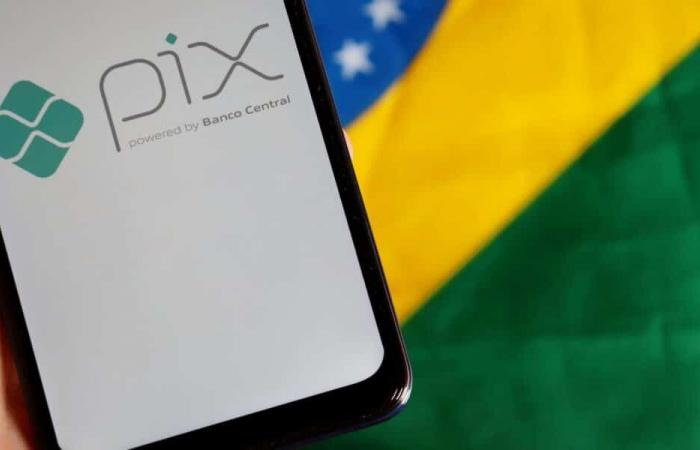Since November 1st, a new rule from the Central Bank (BC) has brought changes for users of the Pix by limiting transfers on devices never used before by that account. Despite being a security measure, many Brazilians face difficulties.
Innovation applies to smartphonesnotebooks and other devices and aims to protect customer data, making it difficult for criminals to access large amounts using other people's personal information. However, those who change devices may encounter unexpected restrictions.
For those who frequently change devices, it is crucial to understand how to adjust the allowed transfer limit, ensuring that payments can be made without significant setbacks.
Pix's new limit rules

Foto: Shutterstock
The Central Bank established that, for unregistered devices, transfers via Pix are limited to R$200 per operation, with a daily ceiling of R$1,000. This measure tries to balance security and usability.
The change aims to identify suspicious activity, but it could confuse users when accessing accounts on new devices. Therefore, it is recommended to register any new device with the bank immediately. In general, the changes implemented aim to:
- Adopt fraud risk management.
- Make fraud prevention information available to customers.
- Semiannual check of possible fraud in the BC database.
How to adjust the Pix limit
To increase the limit on a new device, customers must access their bancosearch for the device management section and follow the instructions. This will involve providing personal data and password.
According to Febraban, if the customer no longer has access to the previous device, such as in situations of theft, it is recommended to look for a bank branch or use remote channels for registration.
Automatic Pix: the future of transactions
Scheduled to launch on June 16, 2025, the automatic Pix function will allow scheduled payments, similar to automatic debit, reducing costs and defaults. This feature will be useful for bills such as water, electricity, telephone and even utility services. streaming.
The expectation is that the new functionality will make the payment process more efficient, eliminating the need for manual monthly Pix code requests, thus making consumers' lives easier.






